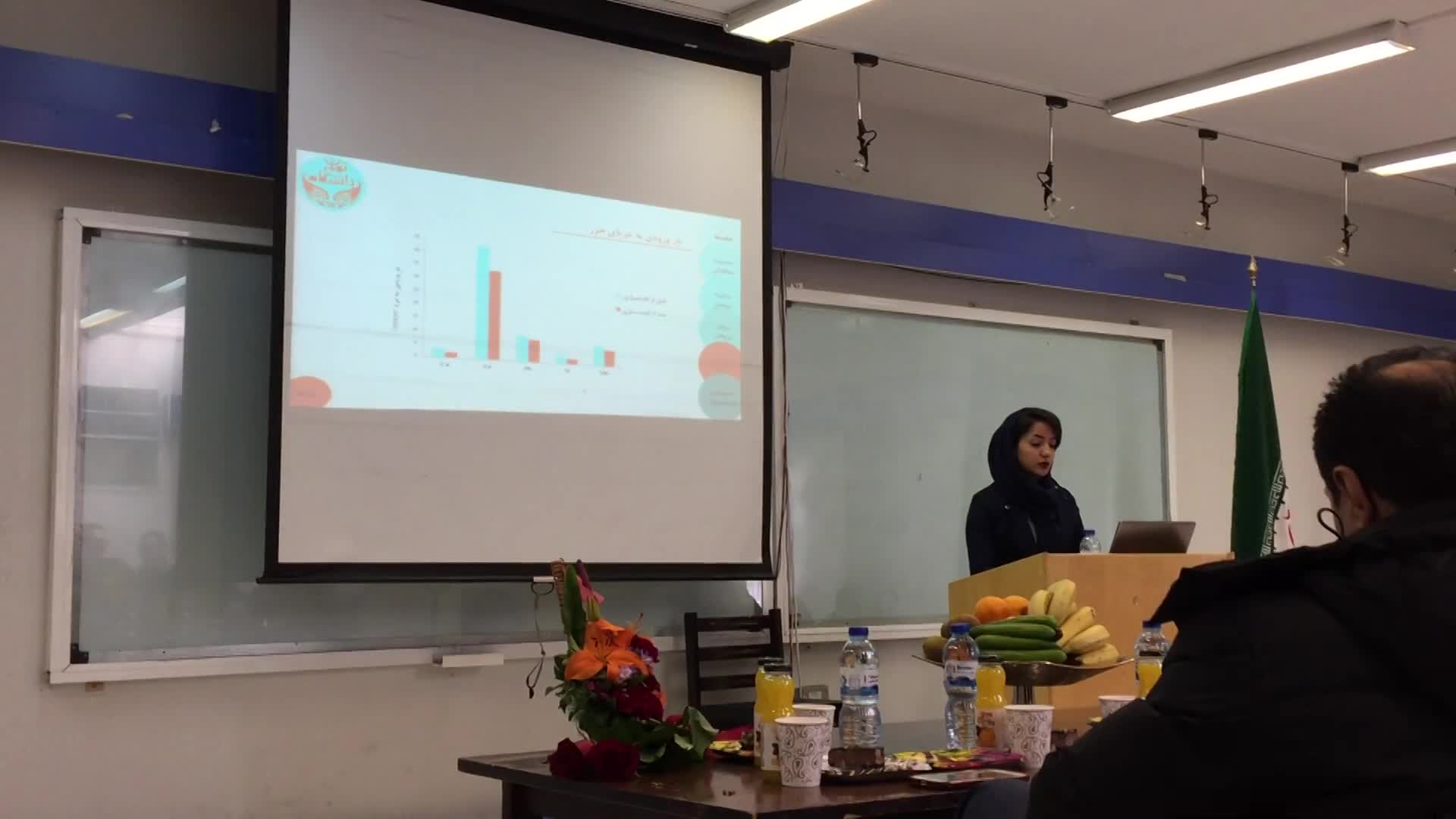Master's Thesis

An Identification of Effective Parameters on the Flocculation of Heavy Metals in Sardabroud’s Estuary and its Application in Industrial Wastewater Treatment Using Electrocoagulation | |
| Author | |
| Sanaz Hasani | |
| Supervisor | |
| Dr. Abdol Reza Karbassi, & Dr. Mojtaba Ardestani | |
Abstract | |
Estuaries are natural laboratories in which the chemical dynamics of elements originating from the soil and conveying by rivers to the sea can be studied. In an estuary, chemical form of dissolved elements changes during estuarine mixing of fresh water and saline water and due to flocculation process. In present investigation, the flocculation of dissolved Mn, Cu, Pb, Zn and Ni during estuarine mixing of the Caspian Sea and Sardabroud River which is one the important rivers in Mazandaran province is examined. Due to this process, a large amount of heavy metals change into particles and provides a valuable nutrient resource for aquatic organisms by transforming dissolved pollutant metals into micro-nutrients. So, estuarine processes avoid releasing whole of dissolved metals in to the Caspian Sea. In this study, in the first step, natural flocculation of Cu, Mn, Z, Pb and Ni in six salinities ranging from 1 to 8.5‰ is studied. The results show that the maximum and minimum removal belongs to Ni and Pb, respectively. Statistical analysis indicates that the most important factors which control the flocculation of Nickel are Eh and dissolved oxygen (DO). During this process, the pollution loads released into the Caspian Sea reduced from 70 ton/y to 58.96 ton/y. In the second step, the effect of salinity (0.5, 0.75 and 1‰) and voltage (1, 1.5, 2 and 2.5 volt) in removal efficiency of dissolved metals are researched. The results of analysis demonstrate that applying the voltage leads to increase in removal efficiency of metals (about 58% for Nickel). By analyzing the results of second step, an optimum salinity and voltage to generalize to the synthetic industrial wastewater was selected. In the third step, three samples of synthetic industrial wastewater with the concentration of 1 mg/L, 5 mg/L and 10 mg/L (for all studied metals) was made in laboratory and salinity of 0.5‰ and voltage of 1.5 volt was used to remove the heavy metals. Due to the results of this step, it is found that by increasing in initial concentration of heavy metals, removal efficiency of metals increases too. The dendrogram analysis indicates that Eh, pH and DO are the main effective factors in flocculation trend of Ni, Cu and Mn and the flocculation of Zn is relatively controlled by mentioned parameters. | |
| Keywords: | |
Caspian Sea; Efficiency removal; Estuarine mixing; Flocculation; Heavy metals; Sardabroud River | |



